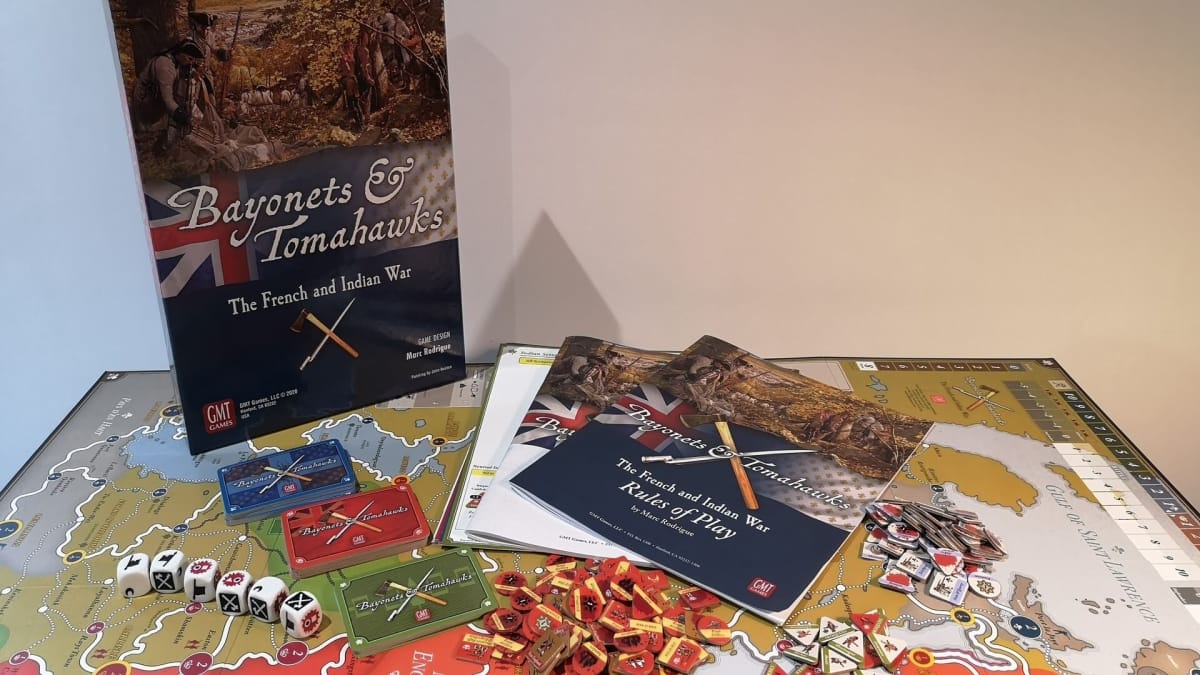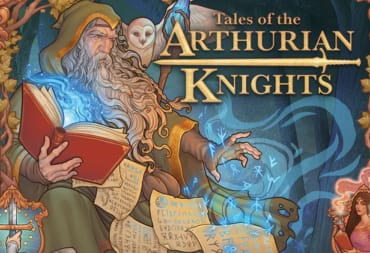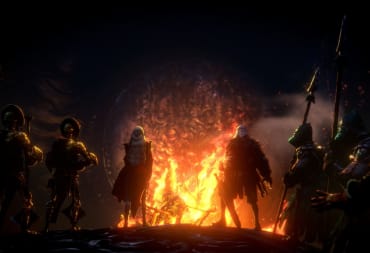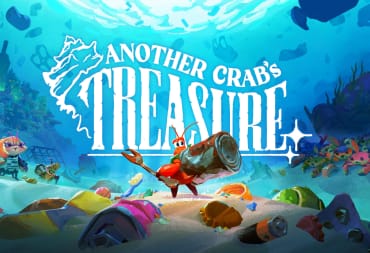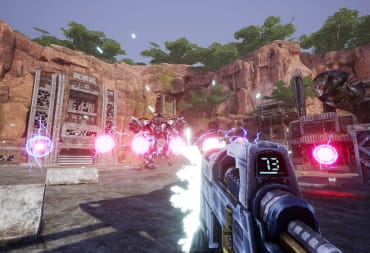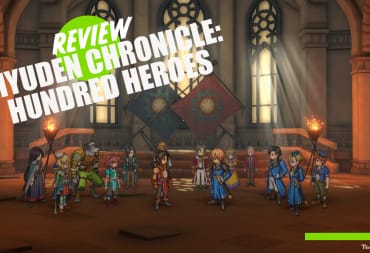Bayonets and Tomahawks is a strategic board game, set in the French and Indian War in the United States from 1755 to 1760. The war was named after the opponents of the British, even though American Indians fought on both sides. Bayonets and Tomahawks allows you to recreate this conflict in a strategic wargame that takes place around the North East coast of America.
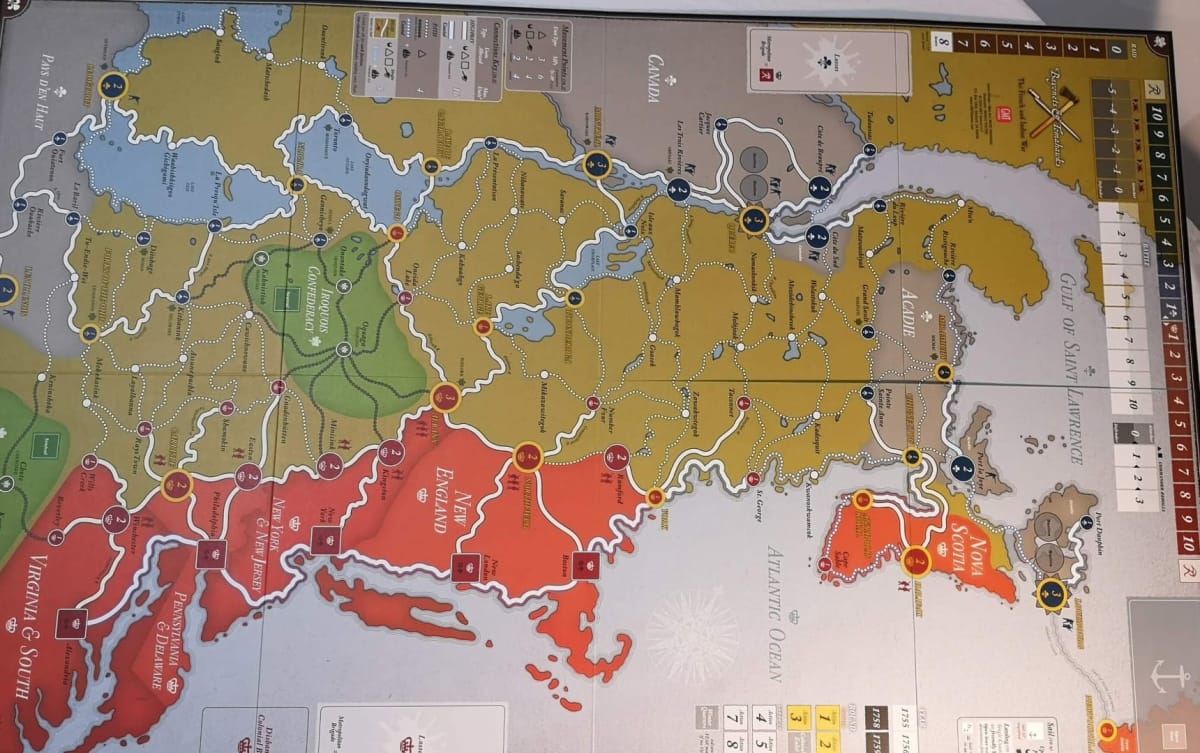
Games of Bayonets and Tomahawks are carried out on a beautiful map of the North East US coast. Players will maneuver their forces from Charles Town to Nova Scotia and across to Montreal, with one side controlling the British, and the other the French and their American Indian allies, although the British side can also gain American Indian units as allies to help as well. The map is large (22x34 inches) and also includes a lot of handy trackers and cheat sheets. Some space around the board is also required for the card decks and tokens, so it does take up a large amount of tabletop space, but reducing the map size any more would make it a lot more difficult to read, and wouldn't feel like you were conducting a military campaign.
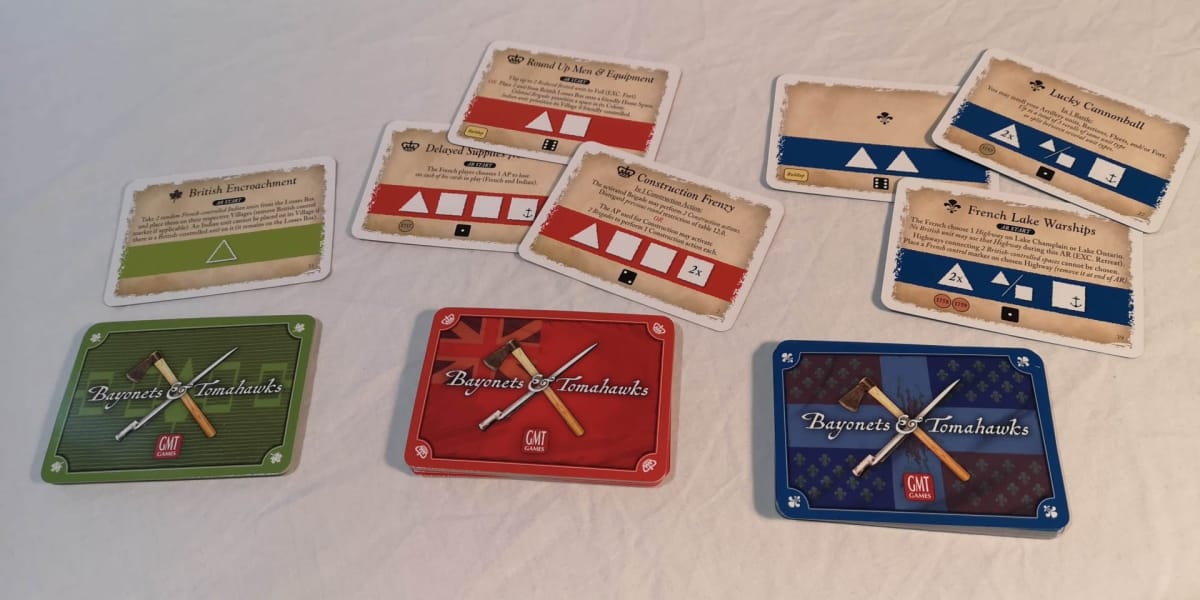
Each game takes place in a year, or more in the longer campaigns, and consists of twelve action rounds, of which three are build-up, three are logistic rounds with set events and six are campaign rounds. At the start of each action round, players draw an action card from their faction's deck. These action cards give you action points to activate your units, and also feature a dice face that is compared against the opposing player's card to see who goes first each round. Some cards also have an event that activates at the round start or an ability that you can use during play.
At the start of the game, players draw two action cards and pick one to be their reserve card, discarding the other. Then each round, when players draw a card, they pick one to use that turn, and the other to be the reserve card for the next round. This gives players some control over their action points and abilities for the turn, saving cards that might not be useful that turn, but powerful later in the game.
The action deck is also split between build-up cards, normal cards, and some are even restricted by the year of the campaign that's being played. This controls cards that are drawn early in the game during the build-up rounds, which tend to have fewer abilities than those of the regular action cards, and also introduces new cards for each scenario being played, of which there are four, with an optional campaign year and some campaign variants.
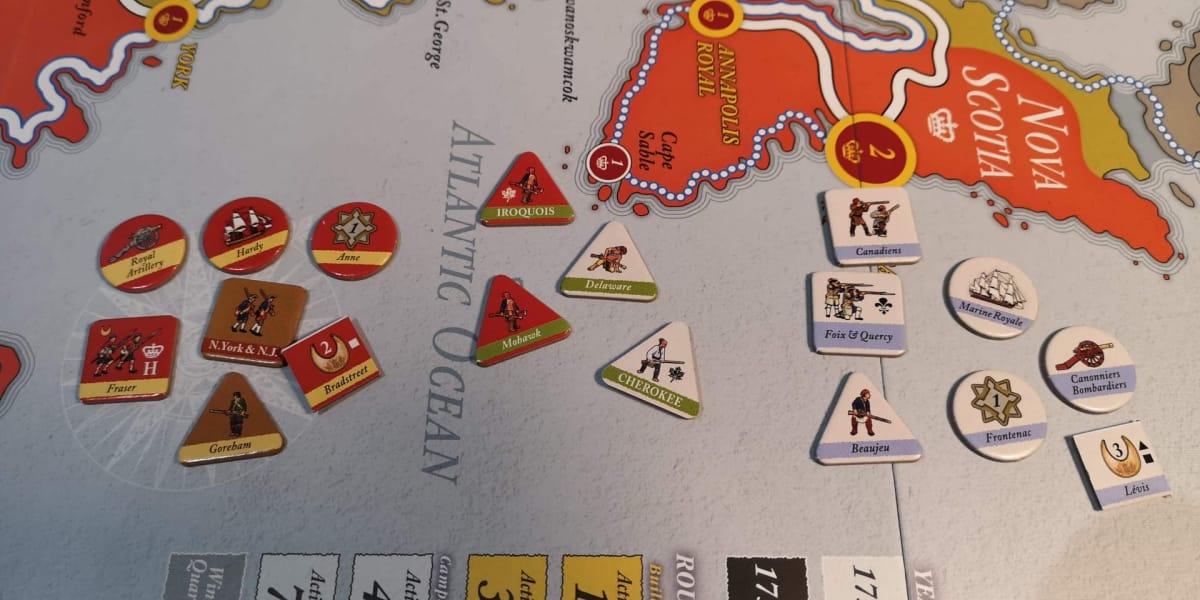
The really clever part of Bayonets and Tomahawks are the units. Units come in different shaped card tokens to reflect their types. Large brigades are square, and lighter skirmishers type foot units are triangles, with ships, forts, and artillery circles. When units enter battle, a custom B&T dice is rolled which has hit symbols, with the unit shapes marked inside. Units can only damage opposing units of the same shape, to reflect how they wage war, and only if they roll their own symbol on the dice. There are some exceptions with the special B&T symbol on the dice, which can allow artillery to damage brigades.
During combat, battle points are recorded with the battle point track, and these are scored for hits on enemy units, as well as rolling the flag symbol on the dice, and other in-game effects. The faction with the highest battle points on the track wins the combat.
Unit types control where and how your units move on the map. There are different links between points, highways, roads, and paths, which support different troop movements and numbers of troops in your army stack. Only light units can use paths, and paths can be upgraded to roads, but that takes time, and might only be worth it if moving large amounts of troops along that specific route. Ships can also carry troops around the coastal ports, and if the British can capture Louisbourg, it opens up the sea into French-controlled territory.
During the game, victory points are earned by conducting raids on enemy spaces, capturing strategic spaces, scenario objectives, and also the ongoing effect of the War in Europe, which is tracked when certain Brigades are eliminated. The player with the most victory points at the end of the scenario time is the winner.
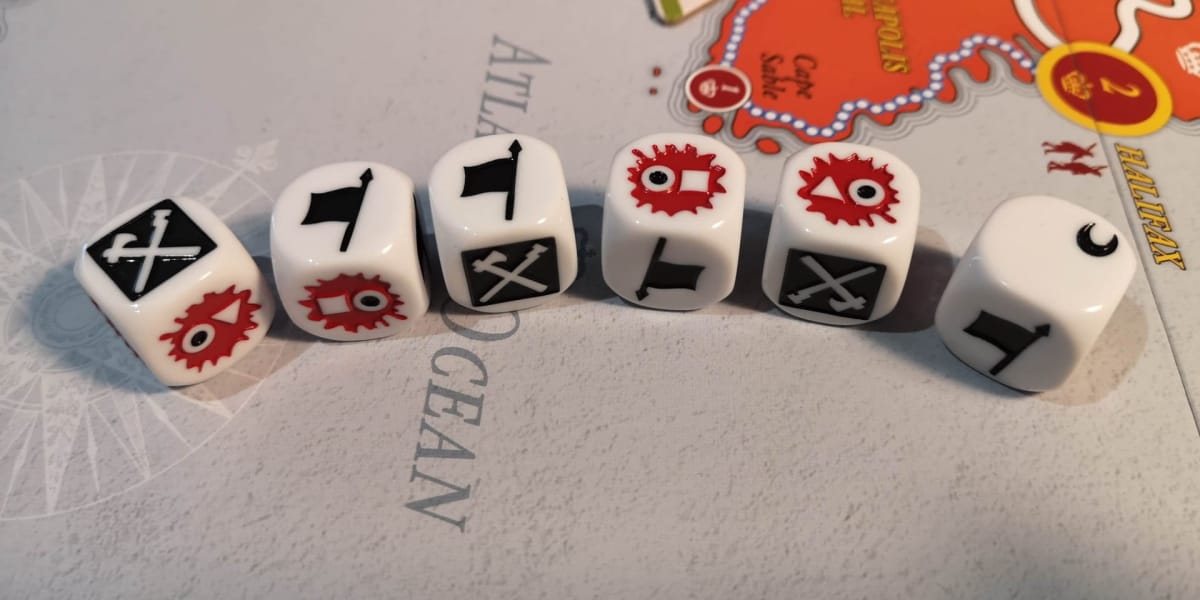
There are loads of fantastic things about Bayonets and Tomahawks, and a huge amount of strategy to consider and learn, but it does take time. There's a rulebook to work through, that's best done with all the components around you and there is an extremely useful Playbook, with a tutorial that does a great job of going through the different stages of a turn and building up into a full game. It's not a pick-up and play game, and even once you know the rules, there's a fair amount to consider and turns can be slow going, but it does an incredible job of capturing the many facets of the conflict.
There can be some difficulty in working out what's going on during large battles, as the units fight it out on the map area they're in, which can be messy. Units that are removed by your opponent are still able to attack during your own battle resolution phase, so some tracking and keeping units in stacks before removing them from the map is required. There is also a fair amount to consider each turn and following the turn guides and procedures is a good idea to make sure nothing gets missed, which can be quite involved for those not looking for such an in-depth game.
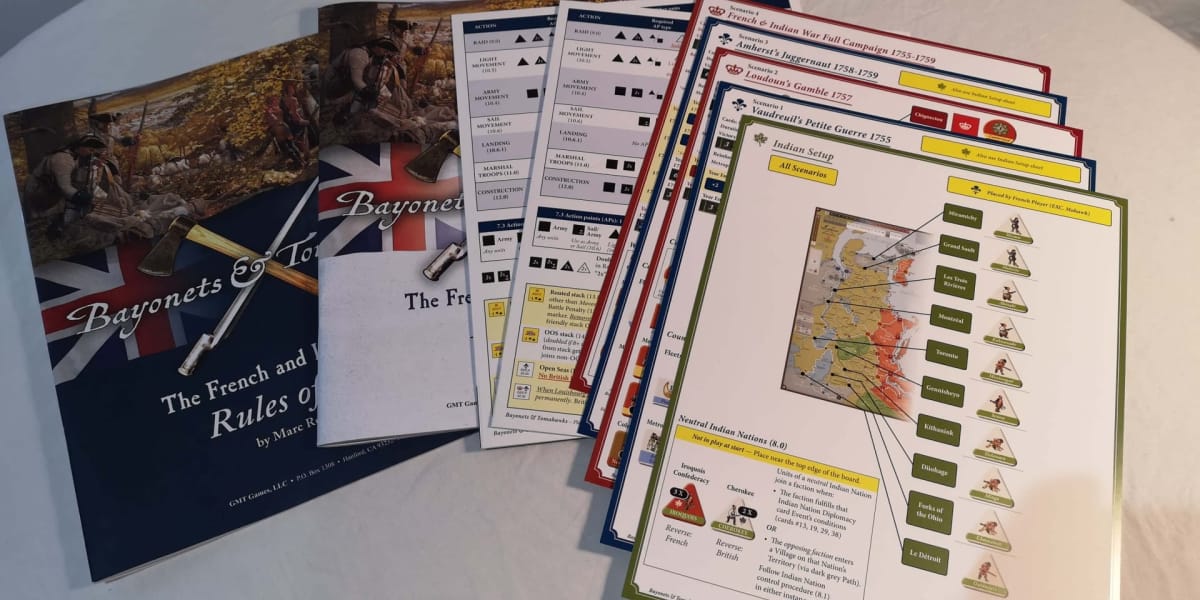
In a short review, there are too many good things to detail in full about B&T, which should speak volumes for the quality of its design, but at the top of the list is the replayability. I thought that playing through the different years, on both sides would be the end of Bayonets and Tomahawks longevity, but the different action cards and random reinforcement phases spread over the in-game years do make games different every time you play, but the biggest factor is the way you and your opponent go about playing. There are several strategies that can be used to win, and also several key points to enacting those strategies that only become apparent when you start playing. So you find yourself making mental notes of things to aim for first when you next play. But then during the next game, a different area to capture, or choke point to deploy your troops to will become apparent, and soon you will have a list of priorities, that you will start having to prioritize your priorities, much like the commanders of the forces during that time, who had to make do with what they had available.
The Bottom Line
Bayonets and Tomahawks is a strategic wargame of outstanding design. For such a technically short time period, it offers a huge amount of scope and replayability. The custom dice and unit shape mechanic, along with the battle track, offers a fantastic way of working out conflict resolution in a realistic way with the troops you use. The fact that it uses a single custom dice type to accomplish this is also fantastic design. The map is clear and while some battles can be messy with large numbers of units involved, the map and its trackers and cheat sheets do a great job of keeping things going. It is an in-depth strategic wargame, so anyone looking for something light won't find that here, but anyone looking for an interesting war simulation, especially those with an interest in the historical period will find a lot to love with B&T.
Get This Game If:
- You want a strategic wargame with lots of replayability.
- You want a fantastic, and realistic battle mechanic.
- You have an interest in the French and Indian War.
Avoid This Game If:
- You want a light pick-up and play game.
- You want a wargame with miniatures.
The copy of the Bayonets and Tomahawks used to produce this review was provided by GMT Games.
Review Summary
Have a tip, or want to point out something we missed? Leave a Comment or e-mail us at tips@techraptor.net
